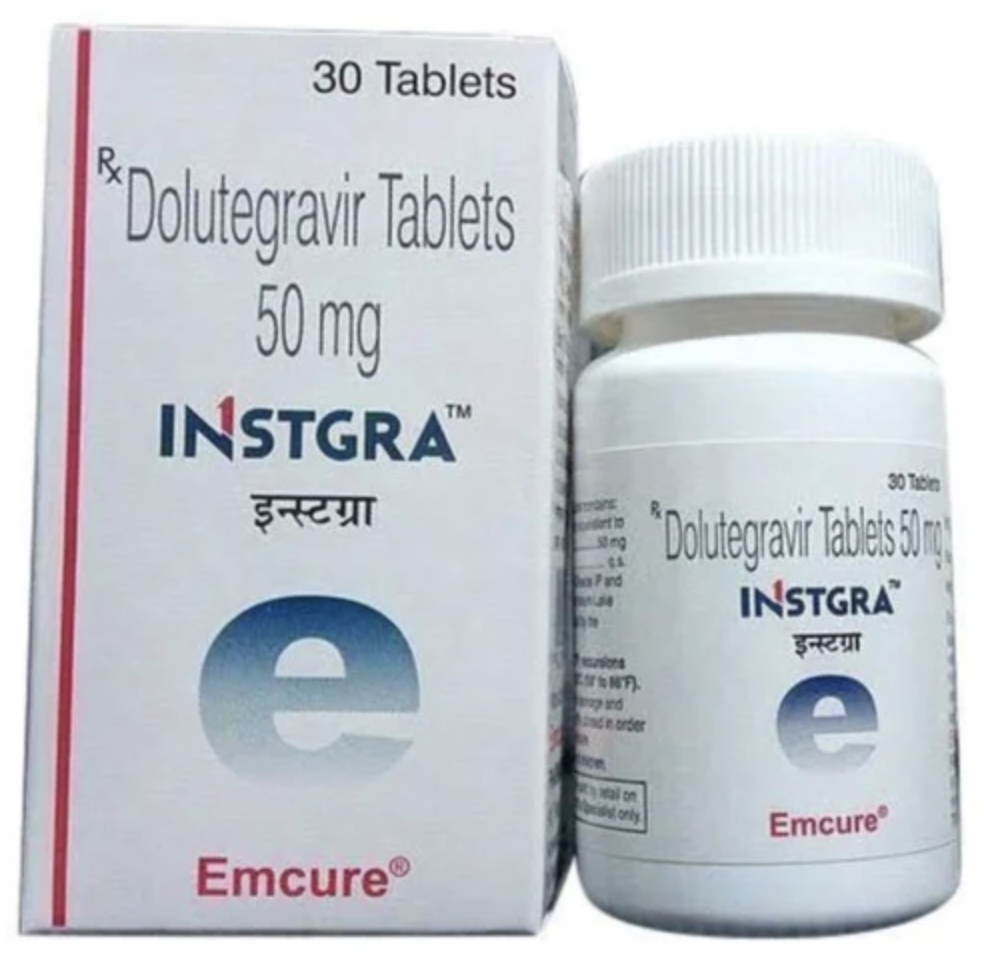
The life-saving HIV treatment dolutegravir (DTG), used by 24 million people in low- and middle-income countries (LMICs), has unexpectedly contributed to significant carbon reductions compared to first care, efavirenz, according to the latter report with Unitaid’s global health project.
The report estimates that the change to DTG would have prevented more than 26 million tons of CO.2 from entering the atmosphere from 2017 to 2027. The emission reduction is comparable to eliminating 10 years of carbon emissions from Geneva, Switzerland, according to a report released on Monday.
This is the first report to analyze the environmental effects of one widely used drug compared to its counterpart. It is built on Unitaid’s From milligrams to megatons reported last year that analyzed the climate and nature of the 10 most important public health products in its portfolio.
“One of the results of this study of 10 products was that carbon emissions can be very important and one product that stands out is very important, this is dolutegravir,” Vincent Bretin, Director of Results and Unitaid’s Climate Team told. Health Policy Maintenance.
“Yes, yes [this report] really dive deep into that comparison. And it shows that the previous generation of efavirenz actually produced more emissions. So, all the steps needed to do it have resulted in more carbon emissions globally compared to the current treatment,” he said.
Unitaid is hosted by the World Health Organization (WHO) and focuses on supporting the treatment of tuberculosis, malaria, and HIV/AIDS as well as its deadly epidemics in LMICs.
As global carbon emissions increase and climate impacts worsen, various sectors are being asked to reduce carbon emissions, while meeting development goals. This is why Unitaid’s report provides the right way forward for the reduction of carbon produced by the health sector.
Carbon produced by the life sector
Carbon emissions in the health sector are relatively low 5% of global carbon emissions and it is greater than the emissions from most major countries. Although this has been discussed for several years now, such as Health Policy Maintenance has reported earliernothing concrete has been done to reduce these emissions.
About 50-70% of the health sector’s productivity comes from supply chains, according to various estimates, Bretin said. In the case of HIV treatment, 90% of emissions come from the upstream part of the production process, he said.
DTG is the most effective and least expensive antiretroviral drug available. It increased rapidly across low- and middle-income countries starting in 2017, thanks to a global concerted effort by Unitaid, developers, governments, global health organizations and the affected community. DTG is now the standard of care in more than 110 low- and middle-income countries.
“This report shows that we can achieve significant improvements in health while making progress in reducing carbon emissions. By embracing new approaches and setting priorities, we can ensure that medicines are like DTG is not only efficient but also environmentally responsible,” Bretin said.
The reason for the reduction in emissions has been found that DTG requires a small amount of active pharmaceutical ingredients that naturally reduce emissions during the manufacturing process.
Although DTG’s carbon footprint is significantly lower than its predecessor, it is still very high, the report said, and all stakeholders need to work together to bring it down further.

The need for innovation in the health sector
This sector will have to focus on technological developments and innovation to reduce the carbon footprint of drugs and other pharmaceutical products.
The report outlines several steps that can be taken to further reduce emissions from DTG, with the potential for use in other commonly used drugs.
Up to 40% of these emissions can be reduced through cost-saving measures such as efficiency improvements to improve energy and material efficiency, and another 50% can be reduced by adopting energy and materials. green, the report says.
Improved supply chains, supported by coordinated efforts to improve distribution and production processes, will also be needed to improve environmental performance.
“While it (this report) shows the possibility that health measures can contribute to our climate goals, it also highlights a missed opportunity: if climate considerations were included in the design of this effort, its carbon footprint would have been reduced even more,” it wrote. Oyun Sanjaasuren, Director of External Affairs at the Green Climate Fund, the world’s largest climate fund, forewords the report.
Unitaid hopes that the report encourages drug manufacturers, designers, public health players and governments to look at carbon emissions in the health sector.
“I think it’s a broader environmental system that we need to look at that should go from where we are now to include climate considerations in our policies, ways of working,” said Bretin.
There is no way to prevent ‘greenwashing’
But promoting some products as greener than others opens up the sector to washing plants – a way of selling to persuade the public that the products are environmentally friendly.
End users have no way to know if the drugs are green if many companies and organizations use this claim while marketing their drugs.
“We don’t have the systems, the methods, the standards, like the global health community to do this in a standard way, and to check the model, or to ask for information from the manufacturers to make sure that what they are doing is that’s what they’re doing. They say they’re still doing that,” Bretin admitted.
Unitaid’s report comes days before International Conference on AIDS (IAS). – the world’s premier HIV research and policy event.
Image Credits: Unsplash, Unitaid report.
Address health issues and support health policy reporting from around the world. Our growing network of journalists in Africa, Asia, Geneva and New York connects the dots between regional reality and major global debates, with evidence-based, open-access reporting and analysis. To make a personal or organizational contribution click here on PayPal.
#Worlds #leading #HIV #drug #cuts #carbon #emissions #million #tonnes #compared #predecessor #Health #Policy #Watch






GIPHY App Key not set. Please check settings